How to grow ginger indoors – and enjoy a fresh, year-round harvest of this nutritious root
Growing this root vegetable indoors is sure to elevate your culinary creations
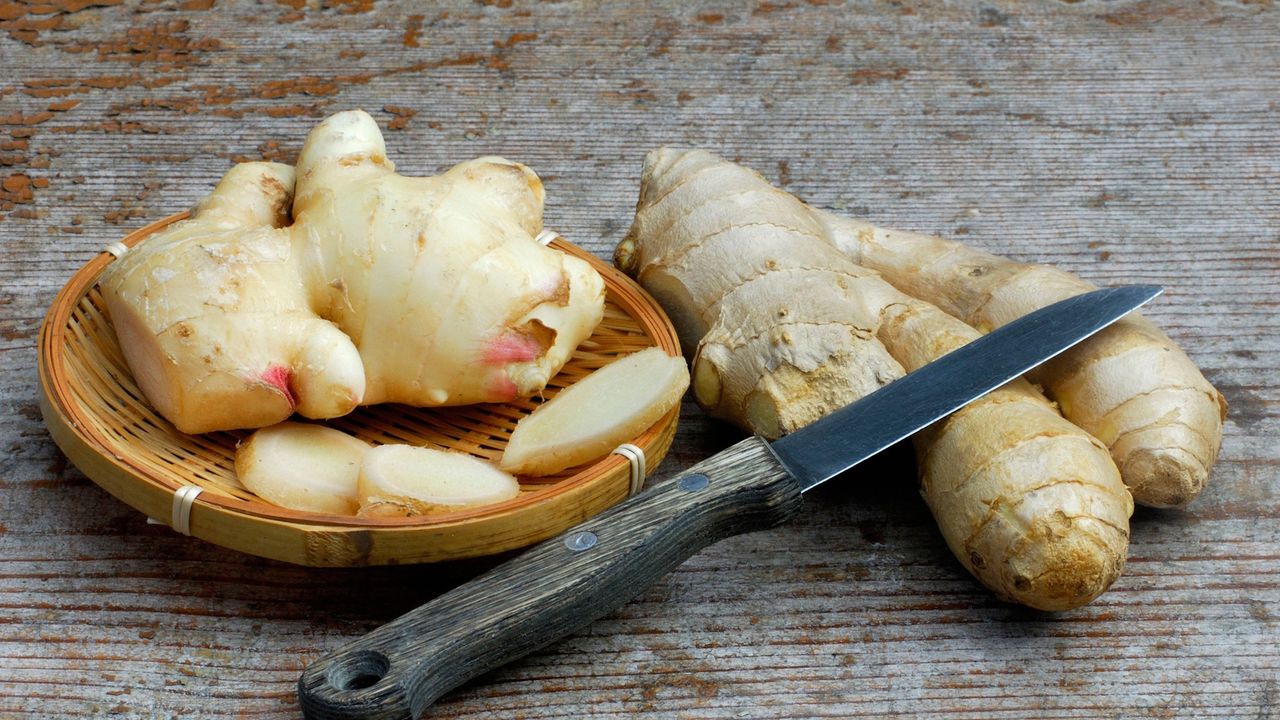

Whether you want to add some flavor to stir-fries or baked goods, ginger has a spicy taste that is unmistakable. While you might be used to sourcing roots from the local store, learning how to grow ginger indoors and enjoying homegrown harvests is far easier than you might think.
Ginger, or Zingiber officinale, is native to Maritime Southeast Asia, including Brunei, Indonesia, Malaysia, the Philippines and Singapore. As you might imagine, this crop enjoys hot and humid climates, meaning it can adapt well to indoor conditions.
By following a few simple steps, you can cultivate your own supply of fresh ginger even in the smallest of apartments. So, if you want to grow ginger in pots in your kitchen or living room, our comprehensive guide has all the information to help you succeed. And just think, in a matter of months you will be harvesting your first delicious crop.
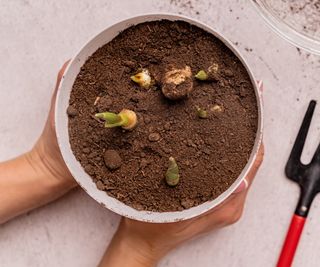
How to grow ginger indoors
Learning how to grow ginger indoors is sure to elevate your kitchen plant collection. This root vegetable grows in equatorial regions and is only hardy down to zone 9 - think warm and wet rainforest environments. However, indoor cultivation means that anyone, regardless of US hardiness zones, can grow ginger. Here are three simple stages to follow to ensure your plants thrive.
How to get started growing ginger indoors
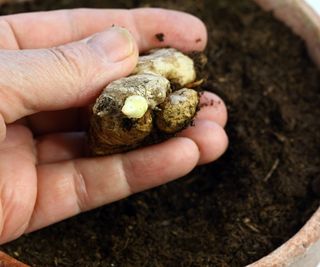
To start, source a firm, fresh ginger root, like this piece available from Walmart. Look for any rhizomes with visible small buds as these growing points will sprout new green shoots.
Then, cut the roots into one to two-inch sections. You can soak these pieces in a shallow dish of water overnight to speed up the rooting process, but this isn't always necessary.
Next, you want to plant the sections in a pot with good drainage. Use a good quality potting mix, ideally adding some coconut coir or perlite for good aeration and drainage. Coconut coir is available to order from Amazon.
Bury each piece of ginger root just below the surface, keeping the buds facing up. Ginger thrives in bright, indirect light, so avoid positioning the pot on a sunny windowsill or entryway. Somewhere with morning sun and afternoon shade is ideal. Keep the temperature relatively constant, avoiding any extreme fluctuations. Aim for a room temperature above 75°F for the best results.
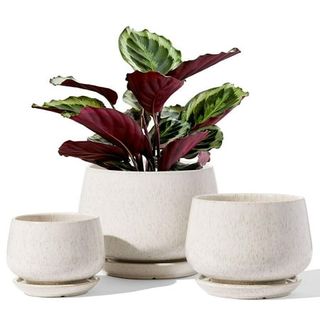
This stylish ceramic planters come with a matching saucer, helping you to keep an eye on drainage for your indoor plants.
How to care for ginger indoors
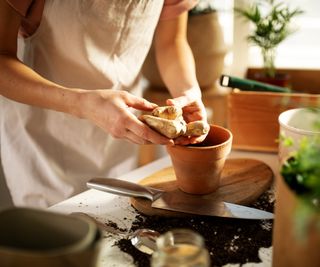
Once planted, ginger prefers consistent moisture. Water lightly when the top inch of soil feels dry, ensuring proper drainage to prevent waterlogging which will result in root rot. To effectively manage moisture levels, try using a humidity tray, available from Amazon, which can help to mimic a tropical, moist environment in your home.
As the root develops, you will begin to see long, reed-like stems shooting upwards. While growth can be slow at first, given a few months, your ginger should produce several foliage stems.
Ginger plants enjoy rich, fertile soil in their native habitat, and so they respond well to fertilizer. Aim to apply a balanced all-purpose organic feed once per month.
How to harvest ginger

Ginger can be planted indoors at any time of the year and is typically ready to harvest 8 to 10 months after planting. While you can remove smaller chunks earlier than this, it is often better to wait for the rhizome to develop and enjoy a full and fragrant harvest.
When you are ready to do this, lift the entire root. Snip the foliage stems and add these to your compost heap. Next, wash your ginger root and check for signs of rot or mold. The root should feel firm to the touch and produce a spicy aroma. Save a few healthy pieces to replant and begin the whole process again. Doing so will mean that you can enjoy a ginger supply year-round.
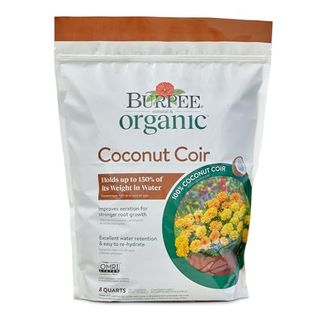
Made from recycled coconut husks, coir is a sustainable, renewable soil amendment that is good for aeration and drainage for your houseplants.
FAQs
What pests can affect ginger growing indoors?
While ginger is relatively pest-resistant when grown indoors, fungus gnats can occasionally be an issue. Often these are nothing to worry about, but can prove to be a little annoying in the kitchen or living room. If you notice small flying insects around the soil, this could be a sign that there is too much moisture in the pot. Immediately reduce watering and use sticky traps to catch gnats. Sticky gnat traps are available from Amazon.
After harvesting, learn how to store ginger to prolong its shelf life. You might intend to use your supply quickly, adding to curries, soups or smoothies, or, keep some ginger sections in the fridge or freezer to keep it fresher for longer.
Sign up to the Homes & Gardens newsletter
Design expertise in your inbox – from inspiring decorating ideas and beautiful celebrity homes to practical gardening advice and shopping round-ups.

Thomas is a Content Editor within the Gardens Team at Homes and Gardens. He has worked as a professional gardener in gardens across the UK and Italy, specializing in productive gardening, growing food and flowers. Trained in Horticulture at the Garden Museum, London, he has written on gardening and garden history for various publications in the UK, including The English Garden, Gardens Illustrated, Hortus, The London Gardener and Bloom. He has co-authored a Lonely Planet travel book, The Tree Atlas, due out in 2024.
You must confirm your public display name before commenting
Please logout and then login again, you will then be prompted to enter your display name.
-
 Pizza oven mistakes – world champion pizza chefs reveal 7 basic errors that make them shudder, and how to avoid them
Pizza oven mistakes – world champion pizza chefs reveal 7 basic errors that make them shudder, and how to avoid themIt takes a little practice to make a perfect pizza. Avoiding these 7 common pizza oven mistakes makes for better pies
By Alex David Published
-
 Emily Henderson shows off her surprisingly affordable yet chic vintage art collection
Emily Henderson shows off her surprisingly affordable yet chic vintage art collectionEmily's impressive collection of beautiful vintage artworks proves that shopping secondhand is a cost-effective and impactful way to bring character into the home
By Eleanor Richardson Published
-
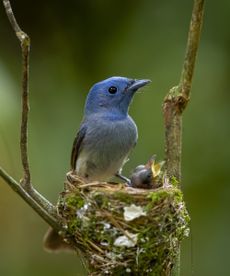 When is it too late to cut hedges to protect nesting birds? Expert advice on legal regulations and keeping songbirds safe in your yard
When is it too late to cut hedges to protect nesting birds? Expert advice on legal regulations and keeping songbirds safe in your yardHedge-cutting at the right time is important to safeguard breeding birds
By Thomas Rutter Published
-
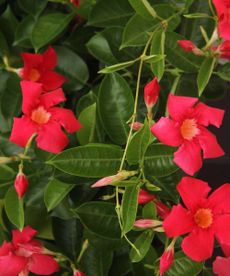 How to grow mandevilla – expert advice for cultivating this tropical flowering vine, a gem of the Brazilian rainforest
How to grow mandevilla – expert advice for cultivating this tropical flowering vine, a gem of the Brazilian rainforestWith lush evergreen foliage and colorful blooms, mandevilla can transform a patio and elevate your pot displays
By Thomas Rutter Published
-
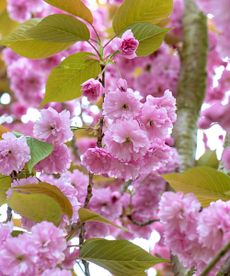 How to grow flowering cherry trees in pots – expert advice for masses of blossom that will transform even the smallest spaces
How to grow flowering cherry trees in pots – expert advice for masses of blossom that will transform even the smallest spacesFollow our expert-approved guide so that your pot-grown flowering cherry tree thrives this year
By Thomas Rutter Published
-
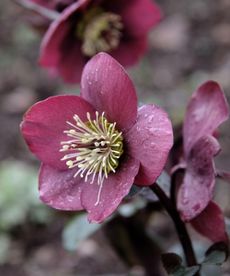 Best plants for early spring pollinators – 5 nectar-rich species to support bees and butterflies, plus expert advice on how to grow them
Best plants for early spring pollinators – 5 nectar-rich species to support bees and butterflies, plus expert advice on how to grow themAdding one or more of the best plants for early spring pollinators is a must for any budding wildlife gardeners
By Thomas Rutter Published
-
 Are weeds really the enemy? Why so-called problem plants deserve a rebrand and maybe even a place in your yard
Are weeds really the enemy? Why so-called problem plants deserve a rebrand and maybe even a place in your yardFrom wildflowers to soil fixers, is it time we looked at weeds in a new light?
By Thomas Rutter Published
-
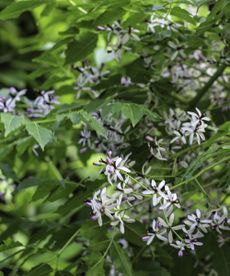 Beware these common but toxic tree species – how to identify 5 poisonous trees that might be growing in your yard, and what to plant instead
Beware these common but toxic tree species – how to identify 5 poisonous trees that might be growing in your yard, and what to plant insteadArborists reveal the pretty but perilous tree species to watch out for
By Thomas Rutter Published
-
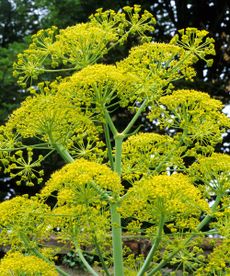 Are edimentals the new bedding plants? Why you should ditch petunias for parsnips – and enjoy beautiful, edible borders
Are edimentals the new bedding plants? Why you should ditch petunias for parsnips – and enjoy beautiful, edible bordersEdimental plants prove that borders can be both decorative and delicious
By Thomas Rutter Published
-
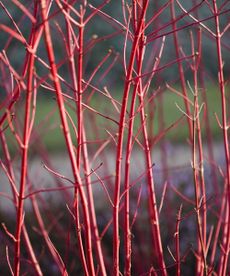 February is the ideal time to prune red twig dogwood – to maximize its bold, fiery display next winter
February is the ideal time to prune red twig dogwood – to maximize its bold, fiery display next winterOur expert-approved guide has all the information you need to know on when and how to prune red twig dogwood
By Thomas Rutter Published